How to Pay Using Pre-Authorized Debit? A Beginner’s Guide
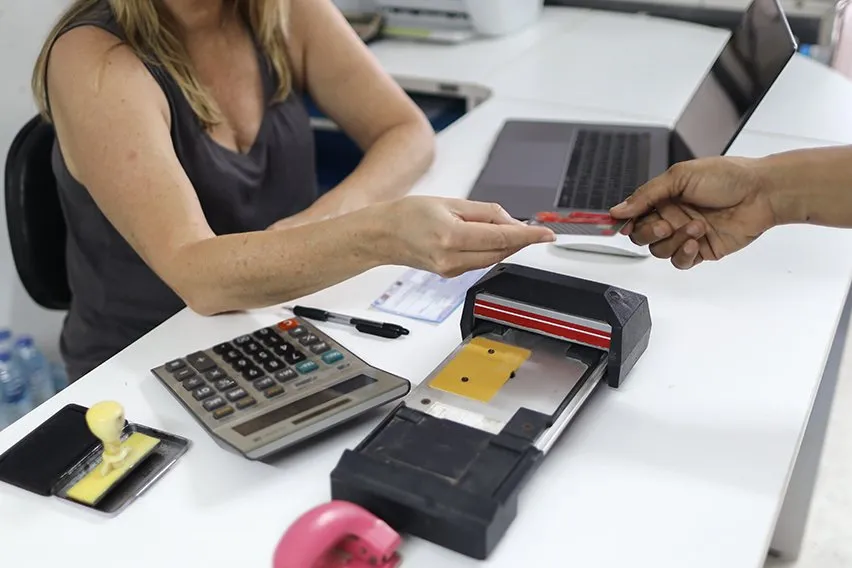
Paying for goods and services that are recurring can be a nightmare. Setting up automatic payments for these kinds of bills can be far more convenient. If you need to set up a payment method that makes recurring payments easier, consider pre-authorized debits (PAD). Learn more about these types of payments here!
Here’s What We’ll Cover:
What is a Pre-Authorized Debit?
What is a Pre-Authorized Debit?
A pre-authorized debit agreement, or PAD agreement, is one of the more popular payments Canada has. It is a pre-authorized debit payment set up through a bank account. These automatic bank payments make it easier for consumers to keep up with recurring bills. PAD payments go by a number of different names:
- Direct debit
- Pre-authorized chequing (PAC)
- Pre-authorized withdrawals
- Pre-authorized payment
Customers set these payments up with their bank. It authorizes companies or financial institutions to take payments from bank accounts automatically.

Pre-Authorized Debit Rules
When signing up for pre-authorized debits, there are rules that have to be followed by your financial institution. These rules are written up in the PAD agreement. Every PAD agreement must have all of the following elements to be considered legitimate:
- The date of the agreement and the customer’s signature
- The payor’s authorization to withdraw funds from a bank account
- PAD category (we’ll cover those later)
- The amount of the withdrawal
- The timing of the withdrawal
- Instructions on the cancellation process for the agreement
- Contact information for the biller
- A mandatory recourse/reimbursement statement
Agreements can be set up in a number of ways. Paper agreements can be set up and reviewed in person. Many banks offer the option of an electronic agreement, making it easier to complete for their customers.
Different Types of PADs
When discussing the different types of PADs, Canadian customers can set up four different types of payments.
Personal PAD
Canadian pre-authorized debit payments are normally set up on a personal level. These are used to pay for goods and services that customers purchase.
Business PAD
Business PADs are payments that are business-centred. This can be done for franchisors and franchisees. It can also be set up for distributors and suppliers, or dealers and manufacturers.
Cash Management PAD
Cash management PADs transfer funds between accounts at different financial institutions. This is most common between parent companies and subsidiaries.

Funds Transfer PAD
This is for the transfer of funds between accounts at different financial institutions. It can be done from person to person, or it can be done to transfer funds from a personal account to a retirement account.
Timing Information
Timing is important when setting up PAD arrangements. If a customer is setting up a PAD, it has to be set up and confirmed 3 business days before the first payment. Confirmation must be in writing, either by post or by email.
Additionally, the timing for payments must be set up and established by the customer. Intervals vary, but the most common intervals are below:
- Set Intervals: These are set times that payments are withdrawn. This can be set to be done weekly, monthly, or annually. Specific dates can be set as intervals, as well.
- Event-Triggered: PADs can be triggered by events. An example of this is when a payor contacts an investment broker to purchase investments.
- Sporadic Payments: For payments that are anticipated, but not regular. For sporadic payments, the payor must authorize each payment before it can be withdrawn.
Can a PAD Go Wrong?
It is not common, but PAD payments can go wrong. Sometimes, amounts may be taken out correctly. A PAD will also fail if the payor’s account has insufficient funds. In the latter, the company attempting the withdrawal will contact the customer. However, if the error is caught by the payor, they’ll need to contact their bank. They’ll also need to contact the company taking the payment.
For personal PADs, customers have 90 days from the date of withdrawal to report the error. This could be related to an incorrect or unauthorized debit.
For business PADs, a business has 10 days to report the issue to their financial institution.
If a customer has insufficient funds in their account, the biller can make one more attempt to withdraw funds. It has to happen within 30 days of the original attempt, though.
Key Takeaways
Making payments is a big part of any business. So is accepting them. Knowing exactly what your customers are going through is important. When you know more about the payment processes that they’re using, you can better help them. For more information related to business, be sure to visit our resource hub. We have plenty of helpful articles for you and your business.
RELATED ARTICLES

 What Is a PMO (Project Management Office)? A Complete Guide
What Is a PMO (Project Management Office)? A Complete Guide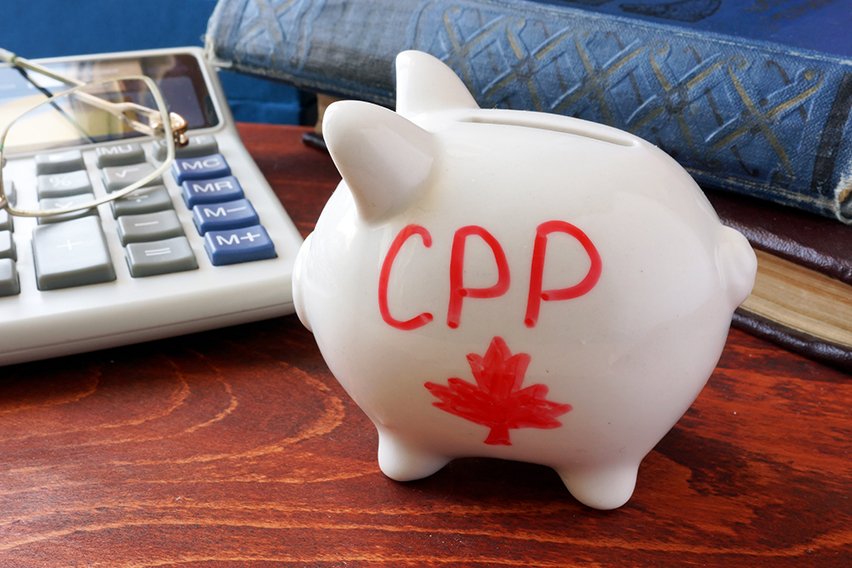 How to Calculate CPP (Canada Pension Plan)
How to Calculate CPP (Canada Pension Plan)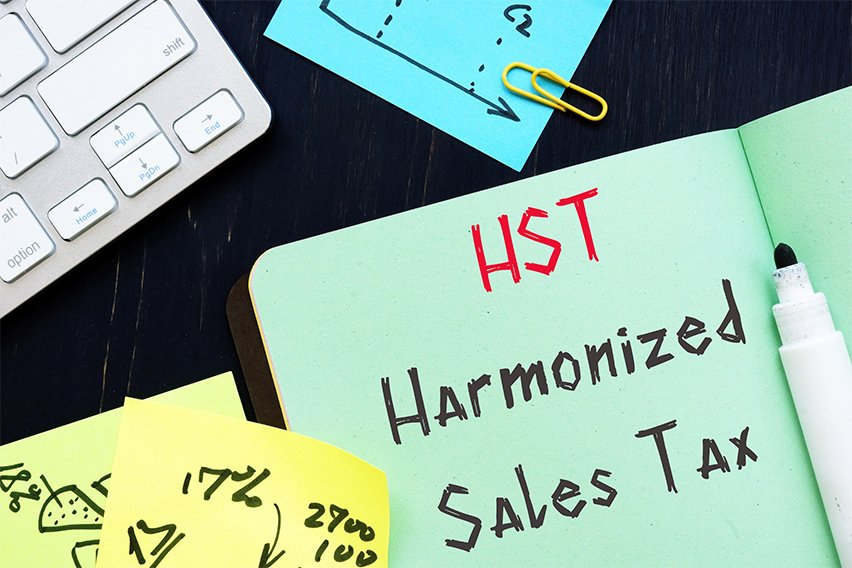 How to Calculate HST for Small Businesses
How to Calculate HST for Small Businesses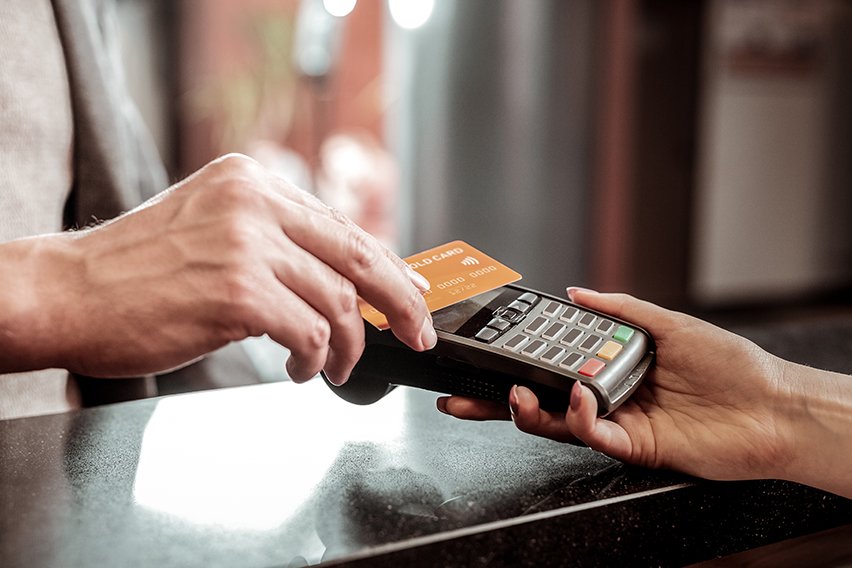 What Is Retroactive Pay?
What Is Retroactive Pay?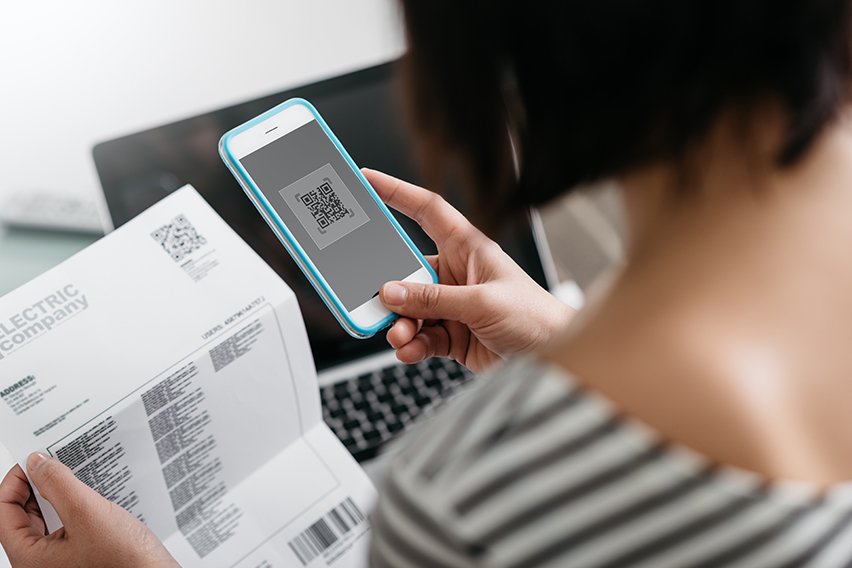 Payment Processor: Overview and Top 5 Picks for 2025
Payment Processor: Overview and Top 5 Picks for 2025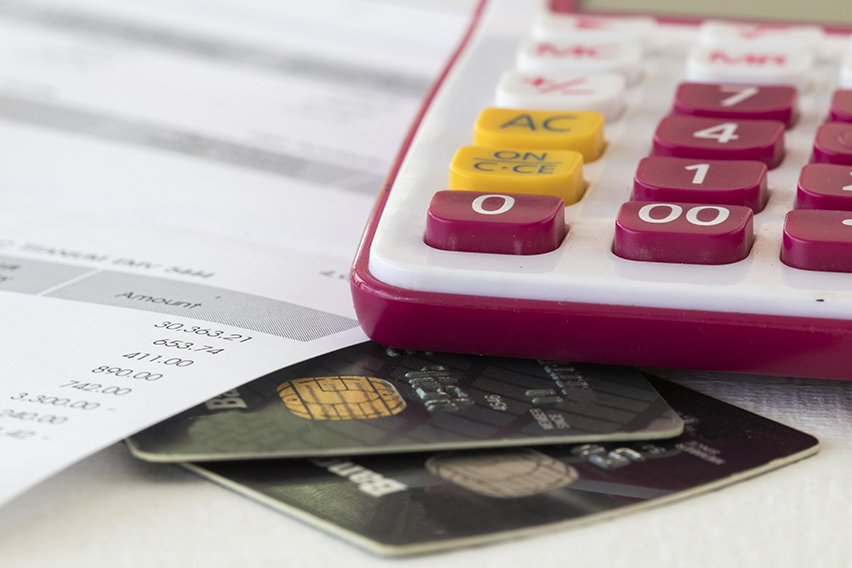 Credit Vs Debit Card: What’s the Difference?
Credit Vs Debit Card: What’s the Difference?